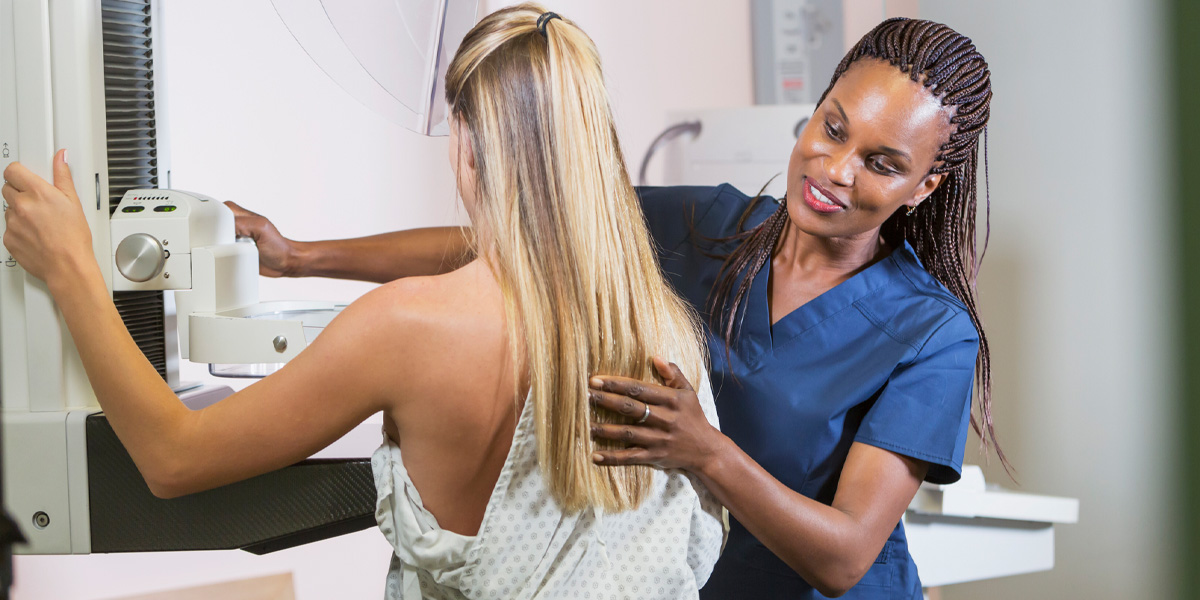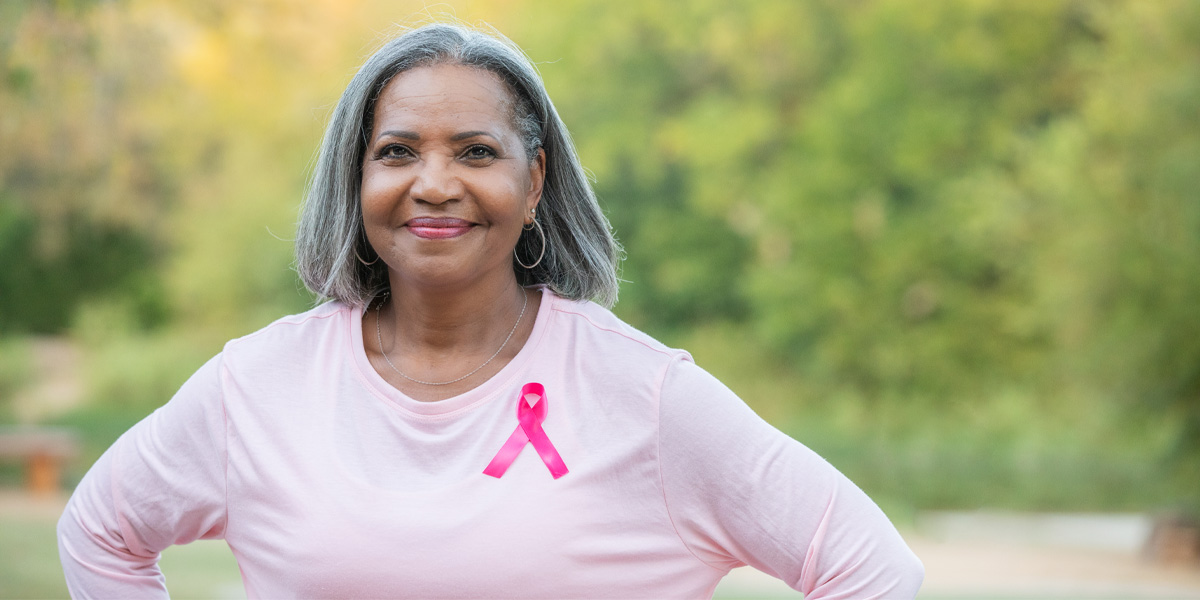
Each gender faces specific health challenges. As a woman, one of those challenges is being at a higher risk for developing breast cancer. While men can still develop breast cancer, it is at a much lower risk than it is for women. Take the time to learn the facts surrounding this disease, know the risk-factors, recognize the symptoms, and take preventive steps to stop or identify this type of cancer before it’s too late.
The Facts
National
- In 2024, the American Cancer Society estimates more than 310,000 new cases of female breast cancer will be diagnosed.
- Among those, about 42,000 will be fatal.
- Breast cancer is the second most common cancer among women in the United States.
- Black women die from breast cancer at a higher rate than white women.
Indiana
- In 2024, approximately 6,200 new cases of female breast cancer will be reported.
- Among those, more than 900 will be fatal.
- Breast cancer is the most reported type of cancer in the state for women.
- It is the second highest fatal cancer type for women, after lung and bronchus.
Risk Factors
A risk factor is anything that increases your chances of getting a disease, in this case, breast cancer. Some risk factors are not in your control, such as genetics, but others you can address with lifestyle changes. Just because you may have one or more risk factors does not necessarily mean you will get breast cancer, but it does inform you of what steps you can take to help prevent it.
Lifestyle-related breast cancer risk factors:
- Drinking alcohol
- Being overweight or obese
- Not being physically active
- Not having children
- Not breastfeeding
- Certain types of birth control
- Menopausal hormone therapy
- Breast implants
Learn more about the lifestyle-related risk factors here.
Breast cancer risk factors you can’t change:
- Being a female
- Getting older (aging)
- Genetics
- Inheriting gene changes such as BRCA1 and BRCA2
- A family history of breast cancer
- Having a personal history of breast cancer
- Height (taller)
- Having dense breast tissue
- Having certain benign breast conditions
- Starting your menstrual cycle early
- Going through menopause later
- Race and ethnicity
- White women are slightly more likely to develop breast cancer compared to Black women but Black women are more likely to die from this disease.
- Exposure to radiation on your chest
Learn more about these breast cancer risk factors you can’t change here.
Symptoms
Knowing your body is key. It’s important to know how your breast tissue normally looks and feels because it can help you determine if something has changed.
According to the American Cancer Society, the most common symptom is a new lump in your breast(s). In fact, most breast lumps are NOT cancer, but it’s important to get any new breast mass, lump, or other change checked by an experienced health professional.
Other possible symptoms include:
- Swelling of all or part of the breast
- Skin dimpling (may resemble an orange peel)
- Breast or nipple pain
- Nipple retraction (turning inward)
- Nipple or breast skin that is red, dry, flaking, or thickened
- Nipple discharge (not breastmilk)
- Swollen lymph nodes under the arm or near the collar bone

Preventive Measures
When diagnosed at later stages, survival is less likely and costs of treatment are much higher. According to the National Breast Cancer Foundation, one in eight women in the United States will develop breast cancer in thier lifetime, and those who receive regular screenings have a 26% lower breast cancer death rate than women who do not receive screenings.
Below are the screening recommendations by age group according the American Cancer Society:
- Women aged 40-44 with average risk: Women aged 40-44 have the option to start screening with a mammogram every year.
- Women aged 45-54 with average risk: Women aged 45-54 should receive mammograms annually.
- Women aged 55 and older with average risk: Women aged 55 and older can switch to a mammogram every other year, or they can choose to continue yearly mammograms as long as their overall health is good.
- Women at high-risk: Work with your primary care provider to determine the best screening recommendations.
- All women should understand what to expect when getting a mammogram for breast cancer screening - what the test can and cannot do.
It’s important to take advantage of your preventive screenings BEFORE any symptoms appear. Finding breast cancer early gives you the best chance for successful treatment and recovery. It’s also vital to utilize your health plan benefits because many include mammograms at no-cost to you.
If you want to learn more about your risk factors, screening recommendations, or want to have your questions answered, please speak with your primary care provider.


